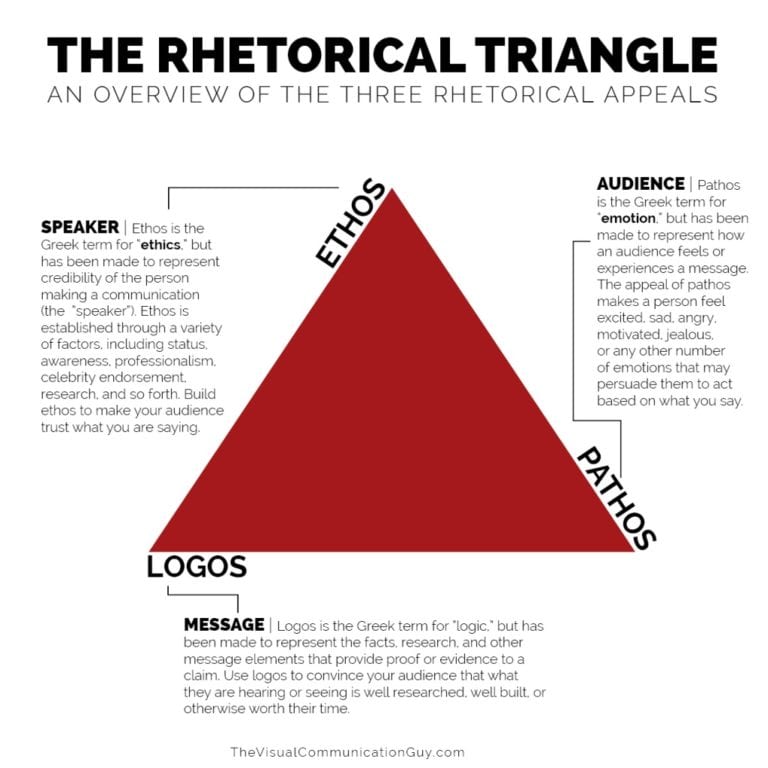Do you know all the hidden snags in your customer experience? The dead ends you maneuver customers into and the confusing crossroads you let them navigate?

We tend to automate everything. How else are we supposed to move thousands of prospects through our funnel, our onboarding, and our upgrade path?
We can’t well be there, can we? After all, human touch sadly doesn’t scale.
So we’re glued to our metrics, lose sight of the customer’s experience and miss our opportunity to speak to them 1:1.
But there is this overlooked thing every team has. A thing that magically lifts the customer out of the automation maze and wows them with true engagement.
That thing, it’s you!
Yep, you. 🦸♀️
You (that's who'll save your customer experience)
Customers don’t relate to websites, chatbots, or companies. They relate to people. (Which reminds me of my daughter, who, when I tell her she’s a bug, will indignantly tell me “No, daddy, I’m a people!”).
Our relationships with brands are abstract but our relationships with humans are direct & tangible. And the glue of our relationships is trust. Our reliance on the character and good faith of the other side.
In my native language, German, the words for trust, confidence, and familiarity all share the same root: Trauen
- Vertrauen = Trust
- Selbstvertrauen = Confidence (literally: Trusting yourself)
- Vertraut sein = being highly familiar with someone
German is often complicated but this I find beautiful in its simplicity.
A great customer experience is built on these elements:
- The brand or its representative must have the confidence to speak in their own true voice.
- My experience with the brand needs to build familiarity by consistently providing value and by aligning to my style and personal values.
- Over time my familiarity and belief in the brand’s sincerity stack up as trust.
Don't automate the important stuff!
It’s easy to get carried away, automate the important stuff and squander our customers’ trust in the process.
We leave the customers to fend with our chatbots and drip campaign and moss our chance to have a direct conversation – human to human – and build a relationship.
Now don’t get me wrong. I’m not saying automation is bad per se. If I can get a quick answer from a machine without waiting for a human I’m happy as a clam.
But all too often I hear myself saying “Speak to an agent”, knowing that otherwise, I’ll have to jump through a series of qualifying hoops and still end up in the queue.
Just yesterday I started a web chat on a consultant website. I’d read the blog, attended a webinar and had a very specific question. I got stuck in a loop. The both recommended reading the blog posts I’d already read and the webinar I’d already seen. A missed opportunity for human interaction.
Even more ironic in its futility was my attempt to escape interruption hell only to have the answer obscured by a pop-up 🙄.

Let's strive to do better
Let’s keep our eyes open for opportunities to engage with our customers and build trust.
Aristotle already supplied the blueprint for just that back in antiquity and called it the rhetorical triangle (seen below in an excellent visualization by Curtis Newbold).

Add elements from all three corners of the triangle to your customer interactions to build trust.
Thought starters for building trust
Ethos: Build trust based on credibility
Show me some credentials
Why should I listen to you? How do you know what you know and why is it applicable to me? Who will vouch for you?
Have a no bullshit policy
Don’t bullshit me. Don’t scam me. If your pitch is all hard-sell you’ve just proven to me that we have nothing in common. There’s a line between being proactive and being pushy. It’s easy to overstep. Be mindful. Be respectful.
Be consistent
Bring it all again and again. Consistency builds trust. If you come through and deliver on your promise time and again, I’ll know you’re someone I can trust.
Pathos: Emotionally connect with your audience
Burn for it
Passion is contagious. If I can see that you’re all in I’m much more likely to get excited and follow along. There’s something about passion that ties it to an in-the-moment experience. It’s much easier for the audience to get a sense of your passion through a visual presentation than by reading about it.
Be helpful
Show me that you care. Genuinely trying to be helpful goes a long way in building trust. You don’t run away the Samaritan.
Be relatable
Make it easy for me to relate to you. Look for something broad we might have in common, then narrow in. Tell me a story from your life’s experience or take me behind the scenes.
Logos: Prove your worth
Know your stuff
You need to actually be able to help me, too. Make me immediately realize the deep well of knowledge you pull from & present it in an actionable way, not as if you’re speaking from the ivory tower. I need actionable advice.
Prove to me this works
Give me the stats and facts that back up your argument. What tests have you run? What data did you analyze? I need the proof what you teach will work for me.
Who else says so?
Liberally cite your sources. Point me to what you learned from. Tell me what you liked about your source. Give me confidence you’re on the right track and help me find my own path to insight.
Time to (re-)build trust
I believe to effectively build trust you have to do this yourself, you have to do it live, and ideally one-to-one and in-person.
But as there’s only one of you it’s ok to scale yourself through talks, workshops, and even online events delivered to large audiences.
Does it work? The stats say it does.
- People spend, on average, more than 3x more time watching a Facebook Live video than a video that’s no longer live (Facebook, 2016).
- Facebook users comment 10X more on live videos than they do on regular videos
- 83% of webinar attendees say webcam video is engaging or very engaging (check out my recommendations for the best webinar equipment to ensure you look your best ;-).
- When the sales team at Sharefile did an a/b test they saw a 34% higher close rate for the team that consistently turned on their camera.
- The average attendee of a marketing webinar will stay on for 55 minutes.
On a recent webinar & Content Marketing Conference in Boston I spoke about Mad Cows, Killer Robots, & Your Video Marketing Strategy (link goes to the on-demand recording). It’s a fun talk and you can check out the slides below.
But that’s a little beside the point: What matters here is that I did a little experiment.
At the beginning of the webinar, I asked people if they trusted me enough to recommend me to their boss’ boss as an excellent speaker to book right now.
I repeated the question fifty minutes later after I had delivered on the nine elements of trust outlined above. The result: the audience went from 53% willing to recommend me to 97%. Trust in me increased a whopping 84%!

Want to build trust with webinars?
Join one of my monthly intensive workshops. Sign-up is open now:
It’s time to do what only you can do
Do the one things AI will never be able to do and that cannot be automated: Be human, be yourself, and engage customers in a real conversation!
What’s your take? Have you been on the other end of automation gone wrong recently? How would you say your customer experience stacks up? I’m dying to know so please hit the comments below.


